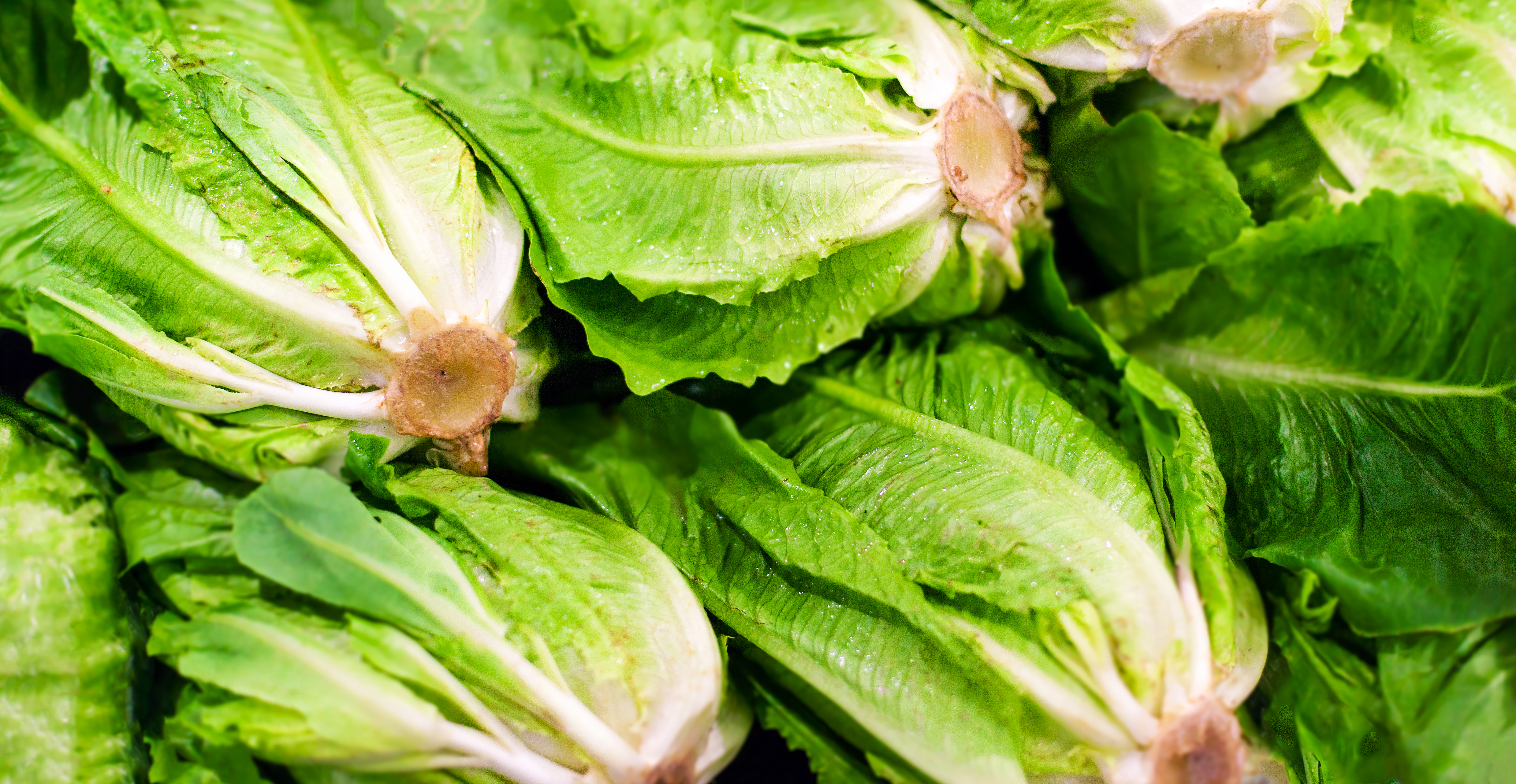
FDA Publishes Investigation into November 2018 E. Coli Outbreak

Commissioner Scott Gottlieb said in the release that, "the most likely way romaine lettuce on a specific ranch on this farm became contaminated was from the use of water from this reservoir as agricultural water. It is believed that this water came into contact with the harvested portion of the romaine lettuce, since the outbreak strain of E. coli O157:H7 was found in sediment from the reservoir and in no other sampled locations."
However, Dr. Gottlieb and the FDA doubt that the contamination from one farm could explain the entire outbreak.
Even on a farm with procedures in place to collect, test and sanitize reservoir water before use, verified procedure records were not available.
"The finding of the outbreak strain in the sediment of the water reservoir is significant, as studies have shown that generic E. coli can survive in sediments much longer than in the overlying water," noted Dr. Gottlieb. The E. Coli bacteria was likely present in the on-farm reservoir for months or years before a positive sample was found.
Further, the FDA found evidence of many wild animals in the vicinity of the reservoir which could have contributed to the outbreak.
It’s important to understand where leafy greens are grown and harvested and not simply the location of the business entity that shipped or processed the produce, Dr. Gottlieb said in his statement.
To prevent future outbreaks and illnesses, the FDA recommends producers of leafy greens to provide an easily traceable packaging, origin of product and time and date of harvest.
The FDA concludes that "without the ability to identify the growing region or specific suppliers of suspected shipments, the public messages issued by the FDA and other public health partners during recalls or outbreaks will continue to be--out of necessity--broad and likely to include farms and growing regions that may not be responsible for the contamination."

The editorial team at WholeFoods Magazine has decades of experiences reporting on natural products industry news, trends, and more. This national, monthly business-to-business magazine has been published continuously for nearly 40 years (the magazine was founded in 1977, and has been owned by Wainer Finest Communications since 1984). It is the longest-tenured media outlet of its kind in the natural products industry. The editorial focus at WholeFoods Magazine is, and always has been, on informing and educating members of the natural products industry.
The Magazine
Information
About Us
NOTE: WholeFoods Magazine is a business-to-business publication. Information on this site should not be considered medical advice or a way to diagnose or treat any disease or illness. Always seek the advice of a medical professional before making lifestyle changes, including taking a dietary supplement. The opinions expressed by contributors and experts quoted in articles are not necessarily those of the publisher or editors of WholeFoods.







